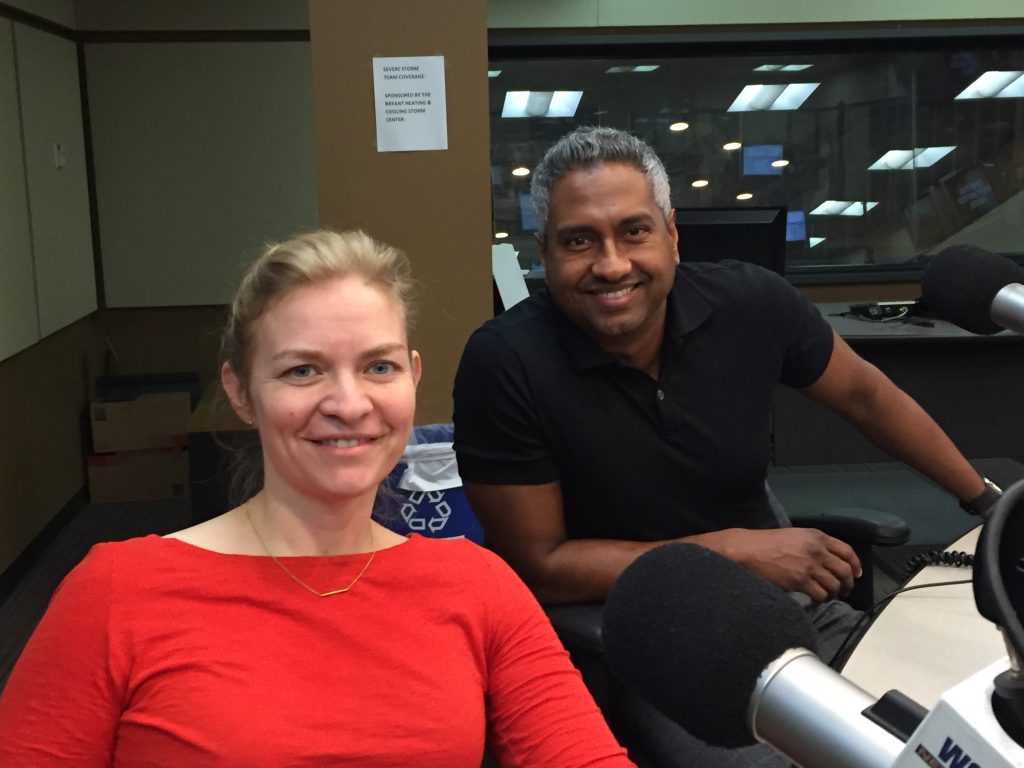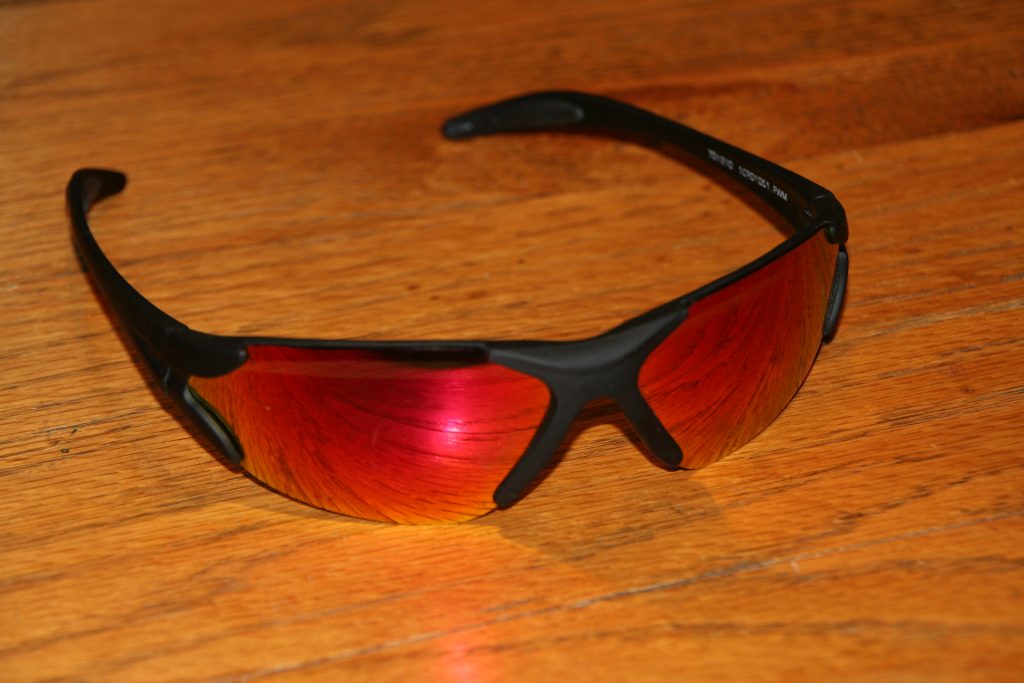
By John Fowler from Placitas, NM, USA
I think I may hold the world record for the fastest time in falling asleep. Usually I’m out about a nanosecond after my head hits the pillow. And that’s just at night. I’m pretty good at falling asleep just about anywhere during the day as well. I think it’s a relic from my medical training days where the ability to sleep anywhere at anytime comes in really handy.
So falling asleep? No problem for me.
But every now and then, somewhere around 2 or 3:00 in the middle of the night, I wake up. And when this happens, I almost immediately start thinking about a zillion different thoughts. Last week when I inexplicably woke up at 3:00 a.m., I started thinking about a creepy discovery that my wife and I had made earlier in the day. It involved rodents, birdseed, and a crack in our house’s foundation. So my mind was racing, lying in bed in the middle of the night, and nothing I could do helped me get back to sleep.
I seriously considered counting sheep until I realized that the specifics of how one actually counts sheep while lying in bed are not apparent to me. Do you envision sheep leaping over a fence like in a cartoon? Or do the sheep pass in front of you in a single file line? Perhaps there is an audio component and you count the “baa” sounds.
Does anybody really know how to count sheep to help insomnia? I’m desperate here. So let’s turn elsewhere for some tips on sleep.
In this post you will find:
- Two short videos about insomnia.
- Links to insomnia resources.
- Some background about the types of insomnia.
- Practical tips to help you sleep.
Welcome to Insomnia Part 1
The topic of this week’s Healthy Matters radio broadcast is insomnia, and we had just a great show today with really great guest experts. But don’t trust me (well, actually, yes, I think you can trust me). But if you missed it you’ll want to listen to the podcast.

Dr. Samantha Anders & Dr. Ranji Verghese in the WCCO studio
My guests were two people you want in your corner if you have trouble sleeping. Dr. Samantha Anders is a psychologist who specializes in behavioral therapy for insomnia. Dr. Ranji Varghese is a sleep doctor who diagnoses and treats all kinds of sleep problems and is the HCMC Sleep Center Medical Director. Both are on the clinical faculty at the Minnesota Regional Sleep Disorders Center at HCMC. What a wealth of knowledge these two are – and they are awfully fun people as well!
Before I go any further, though, check out this 3-minute TV spot with Dr. Varghese which he did with Esme Murphy from WCCO-TV just after he left the radio studio today. Multi-talented guy!
Insomnia basics
In order to help us understand the various causes of insomnia, let’s turn to the National Sleep Foundation. Here’s a one-minute video with a guy from Johns Hopkins explaining things:
So what did you take from that video? Here’s my take-home points:
Point 1 from the video: Insomnia has something to do with “drive for sleep” being inadequate? Say what? At 3:00 in the morning I had plenty of “drive for sleep” – heck I was super motivated at that particular moment. So the natural question I have is . . . How does one increase the “drive for sleep”?
Point 2 from the video: “Excessive arousal” is apparently not good for sleep either. Hmm. Well I guess that makes sense in that if your mind is too active it would be hinder your ability to nod off. But I wouldn’t fault you for asking the natural question: How does one prevent “excessive arousal” prior to going to sleep?
Point 3 from the video: “Circadian rhythms” somehow help manage your sleep-wake cycle. Never mind that circadian rhythms sounds to me like the latest show from Cirque de Soleil. Live from Caesar’s Palace on the Las Vegas strip, it’s the brand-new spectacular that will knock your socks off: CIRCADIAN RHYTHMS!
OK, so the video raised more questions than it answers, perhaps. I guess it is hard to explain insomnia in 60 seconds.
So let’s back up a few steps and look at the various types of insomnia, again using the experts at the National Sleep Foundation for reference.
Acute or chronic?
The medical community is always labeling conditions acute or chronic, and this is true of insomnia as well. The type of sleep trouble I was describing at the top of this post could be called acute insomnia, that is, an occasional inability to sleep due to some specific incident. In my case, that incident was probably the discovery of rodents in my hosta plants near the foundation of my house. (Admit it, you’d have trouble sleeping too!). This type of insomnia usually passes on its own.
This is different from chronic insomnia which is defined as the inability to fall or stay asleep at least 3 times per week for at least 3 months. This type has many causes and is the focus of many sleep experts and for those suffering from it, I imagine is a real life changer when it is fixed.
Onset or maintenance?
There’s another distinction about types of insomnia: onset or maintenance. You could call my 3:00 wake up as a problem with sleep maintenance. Like I said, I have no problem falling asleep, only the problem waking up a few hours after hitting the hay. If you have trouble falling asleep in the first place, that is called sleep onset insomnia.
OK, that was enough theoretical jargon. Reminds me of medical school when we learn all about the medical terminology, the research, the hoity-toity reasons why things occur but we don’t have any real practical knowledge yet.
So let’s move to the practical tips from the radio broadcast today.
 Screens before bed are not such a great idea. Dr. Anders talked about the “blue light” that screens give off – computer screens, smart phones, televisions – and how that blue light can mess with the natural release of melatonin from your body. So if you are a “screen person” – surfing the web while lying in bed, checking your social media accounts just before bed, maybe even just watching TV in bed – you may want to consider turning them off a couple of hours before you want to sleep. Your melatonin levels may thank you. The scientific evidence is mounting – check out this article about teens and smartphones.
Screens before bed are not such a great idea. Dr. Anders talked about the “blue light” that screens give off – computer screens, smart phones, televisions – and how that blue light can mess with the natural release of melatonin from your body. So if you are a “screen person” – surfing the web while lying in bed, checking your social media accounts just before bed, maybe even just watching TV in bed – you may want to consider turning them off a couple of hours before you want to sleep. Your melatonin levels may thank you. The scientific evidence is mounting – check out this article about teens and smartphones.- Your electronic device may be able to help you if you just can’t turn it off. As

Photo by DrCruse
mentioned on the show today, there are apps for your devices which filter out the blue light in favor of an orange-red hue which doesn’t shut down melatonin so much. Here’s a blurb about some of them (I can’t endorse any of them, but hey, they may be worth a try). Or maybe just wear stylish and hip orange shades!
- Speaking of melatonin, Dr. Varghese filled us in about its role in sleep. He said that melatonin is produced in your body by the pineal gland (a little bitty gland in your brain just the size of a pea)

C.W. Leadbeater
and it goes up and down to regulate our sleeping and our waking. So for some, it may make sense to try supplemental melatonin to help you sleep. Try it an hour or more before you intend to go to sleep, and contrary to what you may think, larger doses are not more effective. So stick to 0.5 mg (or less) and avoid the side effects of higher doses.
- You can’t treat your sleep like your bank account. Dr. Varghese answered the really logical question (that many of us share): if you “get behind” on your sleep, can you make it up later by sleeping longer? I used to think that was true and thought that if you get 5-6 hours of sleep during the work week you could make it up on the weekend

By Kgbo
by sleeping longer. Not so, we learned. Your body needs regular adequate sleep. You can’t “bank” the hours for use at a later time or to pay back a sleep “debt” to yourself.
So that’s enough for one post but there’s a ton of more information about insomnia from today’s show. So look for another post – Insomnia Part 2 – in a few days. Among the topics I will cover in that post:
- The best treatment for insomnia. Hint: it’s not a pill.
- What should you do if you find yourself lying awake in bed in the middle of the night? Hint: it doesn’t involve turning on your computer.
- When should you see a sleep professional? Hint: they can help you when your life is adversely affected by insomnia.
Please check back in a few days for a more in-depth look at those topics and more!
And if you know you want to see Dr. Samantha Anders or Dr. Ranji Varghese in the Minnesota Regional Sleep Disorders Center at HCMC, call them up at 612-873-6963 or check out the Sleep Center site here. The sleep experts there are nationally recognized and really, really know what they are talking about. They have helped thousands of people. They can probably help you as well.
Like what you see? Subscribe by e-mail below!
David
